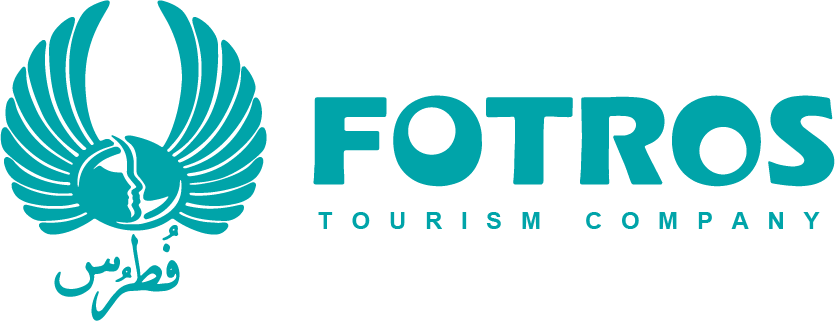
Medical Surgeries
Surrogacy


Surrogacy is a reproductive arrangement where a woman, known as the surrogate, carries and delivers a child for another individual or couple. There are two primary types of surrogacy:
Traditional Surrogacy: In this method, the surrogate uses her egg, making her genetically related to the child. The sperm is typically provided by the intended father or a sperm donor. Traditional surrogacy is less common today due to the complex legal and emotional issues it can involve.
Gestational Surrogacy: This is the more common form of surrogacy. In gestational surrogacy, the surrogate carries a child that is not biologically related to her. Instead, the intended parents (or at least one of them) provide both the egg and sperm, or donor eggs or sperm may be used. The fertilized embryo is then implanted in the surrogate's uterus, and she carries the pregnancy to term.
Surrogacy can be a viable option for individuals or couples who are unable to conceive and carry a pregnancy to term for various reasons, such as fertility issues, medical conditions, or same-sex couples. It involves complex legal and ethical considerations, and the regulations surrounding surrogacy vary significantly from one jurisdiction to another. It's important for all parties involved to carefully consider and navigate the legal, emotional, and medical aspects of surrogacy.
Surrogacy procedure:
General Steps for Gestational Surrogacy:
Selection of a Surrogate:
• Intended parents can choose a surrogate through agencies, fertility clinics, or personal connections.
• Surrogates typically undergo medical and psychological evaluations to ensure they are physically and emotionally prepared for the process.
Legal Agreements:
• Legal contracts are drafted to outline the rights, responsibilities, and expectations of all parties involved.
• The contract may cover issues such as compensation, medical procedures, and the surrogate's role during and after pregnancy.
Medical Screening:
• Both the intended parents and the surrogate undergo medical evaluations.
• The surrogate's menstrual cycle may be synchronized with the egg donor's or the intended mother's cycle.
In Vitro Fertilization (IVF):
• If using the intended mother's eggs, she undergoes ovarian stimulation to produce multiple eggs.
• Eggs are retrieved and fertilized with sperm to create embryos.
• One or more embryos are selected for transfer to the surrogate's uterus.


Embryo Transfer:
• The selected embryos are transferred to the surrogate's uterus.
• This is a relatively simple and painless procedure that does not require anesthesia.
Pregnancy and Birth:
• The surrogate undergoes regular prenatal care, and the intended parents are typically involved in the process.
• After the birth, legal processes may be involved to establish the intended parents' legal rights and responsibilities.


Surrogacy success rate:
The success rate of surrogacy is very high and depends on various factors, including the health of the surrogate mother, the intended parents, and the specific circumstances of the arrangement. Success rates may also be influenced by the type of surrogacy (traditional or gestational) and whether the intended parents use their eggs and sperm or donor gametes.
In gestational surrogacy, where the surrogate carries an embryo created from the egg and sperm of the intended parents or donors, success rates tend to be higher compared to traditional surrogacy, where the surrogate is genetically related to the child.
Does the baby born via surrogacy look like the surrogate mother?
The physical resemblance between a baby born via surrogacy and the surrogate mother depends on the genetic relationship between the baby and the intended parents. In traditional surrogacy, the surrogate mother provides the egg, so there may be a genetic connection between the surrogate and the baby. In gestational surrogacy, however, the surrogate mother is not genetically related to the baby because the embryo is created using the eggs and sperm of the intended parents or donors.
If the baby is genetically related to the intended parents, they are more likely to share physical traits with the parents rather than the surrogate.


The baby's appearance is influenced by the genetic material from the egg and sperm used during the in vitro fertilization (IVF) process.
In summary, whether or not the baby looks like the surrogate mother depends on the type of surrogacy (traditional or gestational) and the genetic relationship between the baby and the intended parents. If the baby is genetically related to the intended parents, they are likely to resemble the parents rather than the surrogate.
Surgery Details
 Anesthesia: General anesthesia
Anesthesia: General anesthesia Recovering: -
Recovering: - Duration of procedure: about 1 mounth
Duration of procedure: about 1 mounth Hospital Stay: -
Hospital Stay: - Back to normal life: –
Back to normal life: – Cost: From $18000
Cost: From $18000


Our services include:
![]() our online services include: quotes and consultation
our online services include: quotes and consultation
![]() Planning the highest word-level medical trips and quality hospitals and medical centers according to the patient's request and budget.
Planning the highest word-level medical trips and quality hospitals and medical centers according to the patient's request and budget.
![]() Appointing treatments by the most skilled and experienced doctors.
Appointing treatments by the most skilled and experienced doctors.
![]() Airport pick-up/drop off, check-ups, accompanying translator, book hotel (for patients and their families)
Airport pick-up/drop off, check-ups, accompanying translator, book hotel (for patients and their families)
![]() Pre-hospitalization / post-hospitalization care services
Pre-hospitalization / post-hospitalization care services
All-Inclusive Medical Travel Packages
based on your budget, our team will assist you in choosing the best hotels, doctors, and medical centers. Our packages include:
 Airport Pickup Services
Airport Pickup Services Airport Dropoff services
Airport Dropoff services Hotel
Hotel Ticket
Ticket visa
visa translator
translator Transfer
Transfer SIM Card
SIM Card Sightseeing
Sightseeing


 why Iran
why Iran
Patients may choose to have abdominoplasty (commonly known as a tummy tuck) in Iran for a variety of reasons
Cost, Quality of Care, Privacy and Discretion, Combined Tourism, no Waiting Times
![]()
Fotros is an Iranian health tourism company with a professional team consisting of a support team and word-level doctors in medical and cosmetic surgeries like Neurosurgery, Rhinoplasty, Breast cosmetic surgeries, Liposuction, tummy tuck, etc.
















 why Iran
why Iran